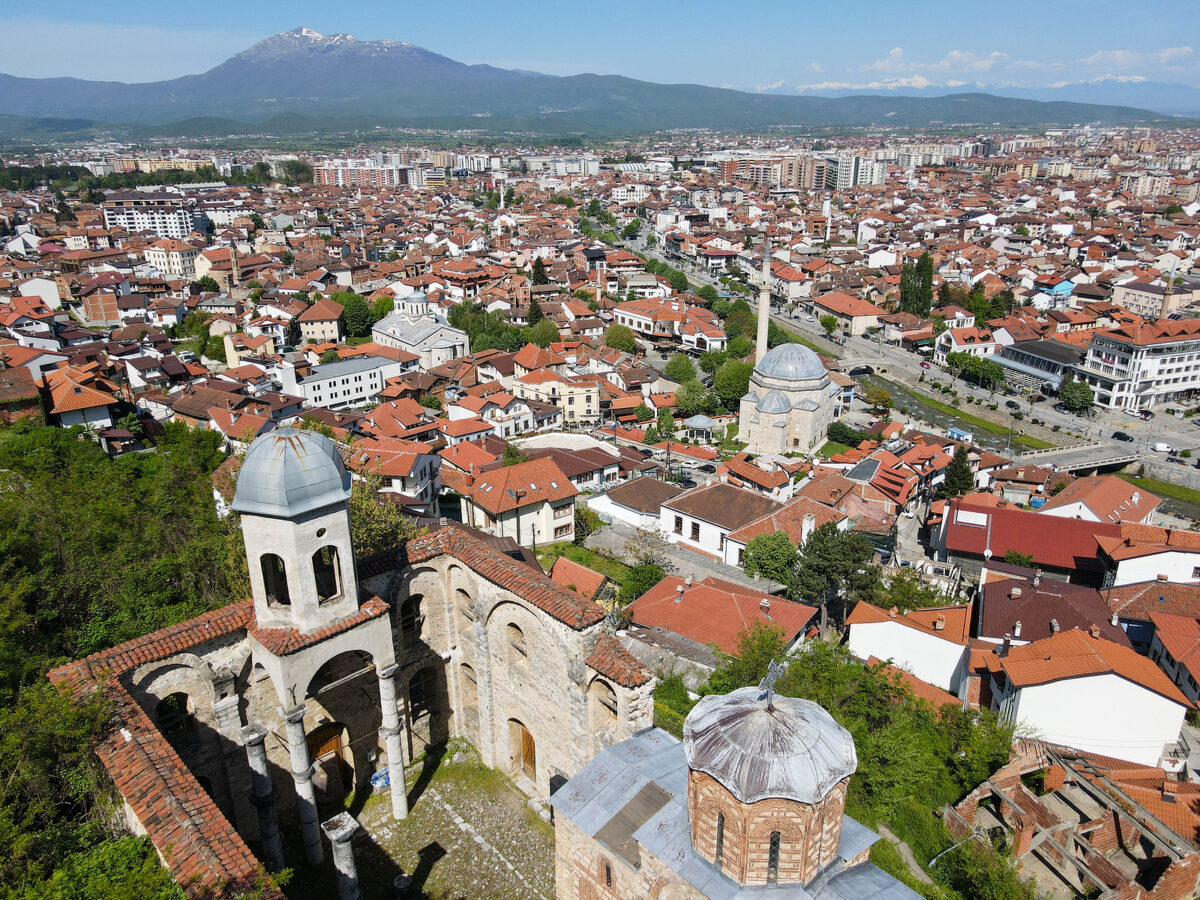Investing in climate resilience and transitioning the economy from fossil fuels to renewables will help Kosovo support its sustainable economic development and protect citizens from natural hazards, according to the World Bank Group’s Country Climate and Development Report for Kosovo, released earlier this month.
The report concludes that Kosovo would need to invest an estimated 2.8 billion US dollars over the next decade to protect people and property from the damaging and escalating impacts of climate change.
In the long term, comprehensive adaptation investments represent the equivalent of 1.4 per cent of GDP per year until 2050. While the costs of investing in adaptation are undoubtedly high, the costs of inaction are even higher, as are the benefits of action.
“Kosovo has made significant improvements in its living standards in the past decade, but these gains have come with some unwanted environmental and health impacts,” says Massimiliano Paolucci, World Bank country manager for Kosovo and North Macedonia.
“Investments in climate actions are expected to bring significant environmental and public health benefits while creating new job opportunities.”
By implementing climate adaptation initiatives, Kosovo can enhance human capital development and allow the country’s workforce to improve skills and increase trade opportunities.
Investing in adaptation would yield other economic benefits, including in key sectors such as agriculture by safeguarding rural livelihoods or railway and waste sectors where environmental and public health benefits are identified.
Historically reliant on coal due to its rich lignite deposits, Kosovo faces challenges with aging, inefficient lignite-based power plants, as well as deteriorating transport, heating, and residential infrastructure.
These factors contribute to environmental degradation and negative health outcomes, highlighting the vulnerability of Kosovars to energy price fluctuations, energy poverty and the high cost of air pollution.
Net zero by 2050?
The report emphasises that accelerating the energy transition to achieve economy-wide net zero emissions in Kosovo by 2050 is feasible, but it will require radical transformation and decisive action on the national and regional level.
For example, lignite power plants would need to be phased out and fully decommissioned by 2045, replaced by significant upscaling of wind and solar capacity, complemented by storage and strong regional ties.
The private sector will play a critical role in driving this transformation by investing in renewable energy, developing innovative technologies, and fostering partnerships to build a more sustainable energy future.
Commercial banks and firms have much to contribute to supporting both mitigation and adaptation action in Kosovo.
“Under a net-zero emissions trajectory for Kosovo, the private sector is expected to play a leading role in decarbonisation, contributing about 85 per cent of the required investments, particularly in the transport, buildings, and power sectors,” says Nicolas Marquier, International Finance Corporation regional manager for the Western Balkans.
A just transition
The report notes however that the green transition will have to be designed and implemented in a just manner.
Transitioning to cleaner energy sources would also require ensuring a just transition for coal-affected communities. It is important to implement policies and initiatives that support workers and regions heavily reliant on coal mining and related industries as countries move toward more sustainable energy solutions.
Moreover, the net zero transition will have a distributional impact on household consumption due to variations on generation and supply costs, potentially leading to changes in the prices of energy and non-energy products.
The government should focus on targeted support to households, incorporating revenue recycling, to soften potential effects on those who are less well-off. Therefore, careful consideration is needed to ensure a Just Transition for all and to prevent the worsening of energy poverty.
The report ends with a summary of detailed recommendations for policy reforms and investments, along with the complexities and timelines likely to be associated with implementation.
The recommendations focus on what can and should be done in the short term (until 2030), with an eye to laying the groundwork for the scale-up of climate action in subsequent decades.
The ecommendations span across resilience and adaptation, decarbonisation and mitigation, and macroeconomy and financing, and include: adopting a more equitable fiscal policy; improving the business environment (including adoption and diffusion of technologies, better state-owned enterprise management) and trade integration; investment in human capital and improving inclusion; and improvement of environmental management and planning.







